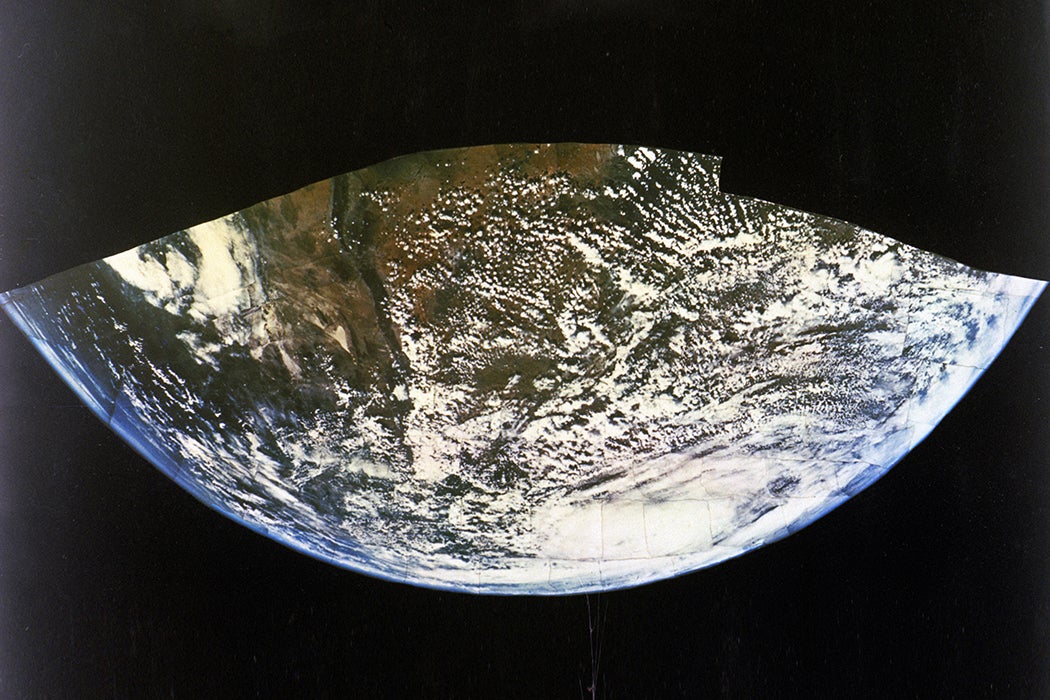Meeting the Blue-White Marble (Sequencer)
by Max G. Levy
Before humans could see what our planet looks like from space, we had a pretty good idea of how the continents and oceans might appear. The unexpected part was the white swirls obscuring much of Earth’s surface.
The Colorful Magic of Stingrays (Southern Fried Science)
by David Shiffman
When living things look blue to us, it’s usually a result not of pigmentation but of intricate light-reflecting structures. Now scientists have discovered the unique mechanisms behind a stingray’s striking blue spots.
Brain to Brain (Quanta Magazine)
by Marta Zaraska
From playing piano to making friends, we do things better when our brains are in sync with those of the people we’re close to. Scientists are still figuring out how this works.
The Stickiness of IQ Tests (The Hechinger Report)
by Sarah Carr
It’s been popular knowledge for decades that IQ tests have serious flaws when it comes to determining how much teachers can expect a given child to learn. Why are schools still using them?
Beyoncé’s Place in the Country Pantheon (Vox)
by Alex Abad-Santos
Black musicians have always been part of the country genre. So what’s the tumultuous response to Beyoncé’s country music all about?
Got a hot tip about a well-researched story that belongs on this list? Email us here.






